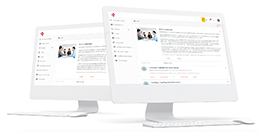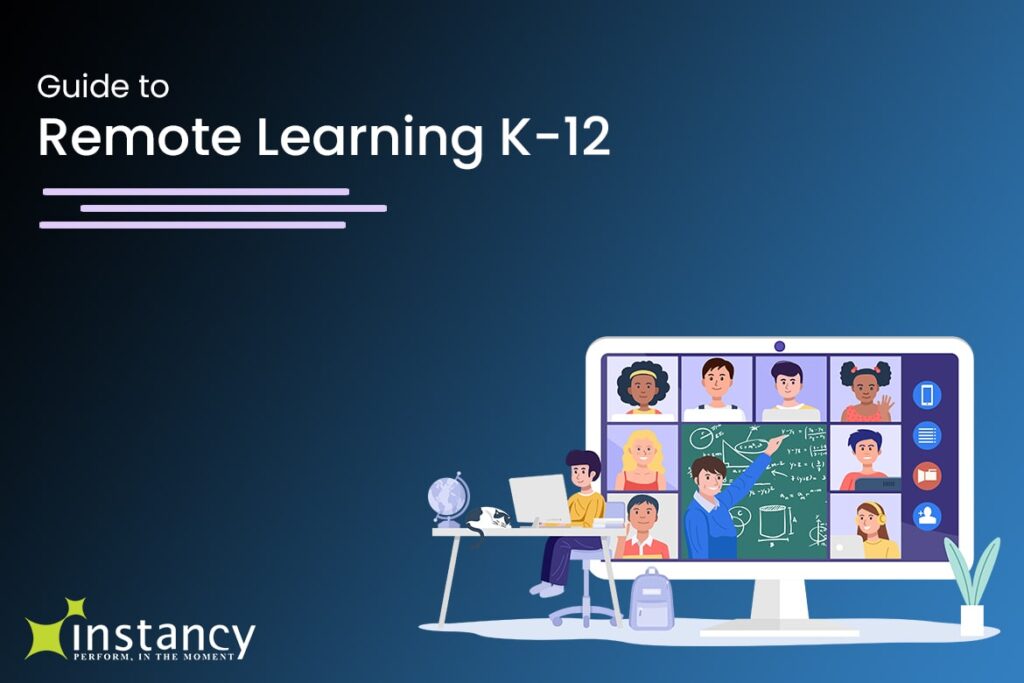As schools rapidly migrate to a remote learning environment, a learning management system built with distance education in mind is imperative. The online classroom is a mix of virtual face-to-face experiences, assignments, files, and conversations accessible on a mobile device, tablet, PC, or browser.
Moving a course from classroom to virtual classroom requires a detailed migration plan. While your class content stays the same, how you present that information might change in a remote setting. While you as an instructor maintain eye contact and control in a traditional classroom setting, the same is not true in a remote setting. For example, in the classroom you may have an insect collection you use during a science section, you must get creative to recreate that experience in a remote experience. To accomplish this, you can either take a video of the insect collection and discuss it or you can find a free online resource.
Instructors – don’t let perceived hurdles of remote learning stop you from doing what you do best, teach! Yes, there is a learning curve. Yes, it is going to take some work. Yes, you are going to have fun doing this. Here’s some tips and tricks we feel will help you be creative with your content.
* Do not try to recreate all the content – you might be surprised to find how much free resources are available to you. If your district does not already have digital lesson plans, google to see what you find.

* Take Advantage of Free Resources
* McGraw Hill – if your school uses McGraw Hill textbooks, you may have access to their online resources. If not, they also offer free ones.
* Khan Academy – a unique and refreshing method to teaching. Even if you do not use the curriculum, choose limited course content that reinforces your instruction.
* Smithsonian Learning Labs – is the K-12 section of their online learning resources. Jam packed with features, their offerings will add excitement to your class activities.
* Encourage Student Collaboration and Engagement
* Give student assignments that include opportunities to respond to the lesson material and then respond to peers’ work
* Design assignments to incorporate at-home, hands-on learning
* See commonsense.org for more ideas
* Plan a Virtual Field Trip
* Give student assignments that include opportunities to respond to the lesson material and then respond to peers’ work
* American Museum of Natural History – at the time of this writing, they are offering a virtual field trip called ‘Mars Watch Party’
* Online courses – use these courses as the ‘anchor’ for a virtual field trip. Or make your own trip details. Use a previously recorded field trip and incorporate into your curriculum.
Other digital museum visits such as The St. Louis Science Museum
* Provide Students with Emotional Support Resources
* Anxiety/mental – especially during COVID – instructors and administrators may become a student’s preferred confidante. If you notice unusual behavior, document it and try to get help.
* Instructors sometimes are more than teachers, they get involved – there was a news article about a teacher caring for her student’s newborn child because her parents were ill with COVID-19
* Ensure you have trusted technology partner – Instancy is a great choice!
If you are part of the K-12 school system, the Instancy Learning Platform can help you create an online school with multiple teachers and classes. Each class has a repository of blended learning resources such as eLearning modules, virtual classroom sessions, and social learning tools like discussions and messaging. Content can be individually assigned to students and their progress can be monitored by the teachers.
Contact us for more information.
Instancy Team





